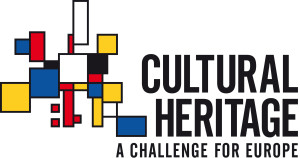
It is well known that cities are constantly changing. As such, cities are composed of added historic layers that, over time, transform into heritage which merits conservation. Within the conservation process, heritage constitutes an inherent dynamic and transformative urban element. However, fragmented heritage structures targeted by urban strategies, often lose the opportunity to offer urban planning a sustainable source for cultural values as these pose difficulties for practitioners and users to agree on what is to be protected.

To address this challenge, DEEP CITIES (CURBATHERI) proposes an approach in which historical transformation is a value which we need to sustain. In this way, the needs for change and new cultural imprints in the city are addressed through its own deep historic continuity. To achieve this, DEEP CITIES (CURBATHERI)’s main objective is to develop a management toolbox that considers historical urban transformation as a source of heritage values that will enable decision makers to better understand the deep history of the place. This toolkit is based on cross-cutting research for comparable analysis in Norway, UK, Italy and Spain that integrates conceptual solutions defined by participatory approaches, online and offline, through innovative digital heritage modelling.
The toolbox is expected to facilitate the conceptualization of heritage values among stakeholders for the prioritization of best planning solutions. Both the theoretical and practical contributions of the project aim to stimulate reflection on the choices on how to use urban heritage affected by the historical transformation in urban planning. All in all, using these choices as a tool for enabling dialogue will stimulate reflection on how to make room for different ways of implementing time and temporality in future cities.

Get in touch
Project leader
Torgrim Sneve Guttormsen
The Norwegian Institute for Cultural Hertage Research (NIKU)
torgrim.guttormsen@niku.no
Tlf: +47 90899037
